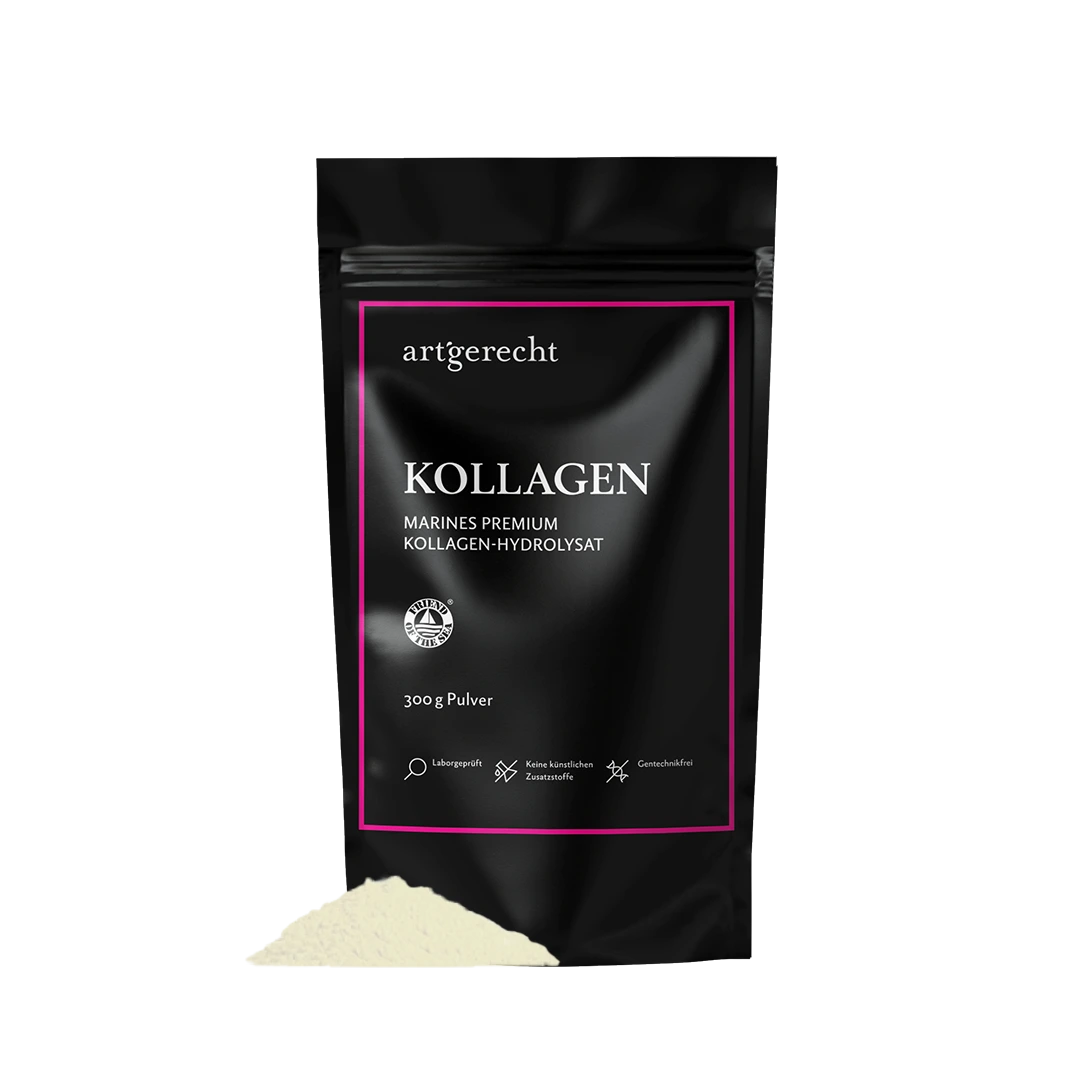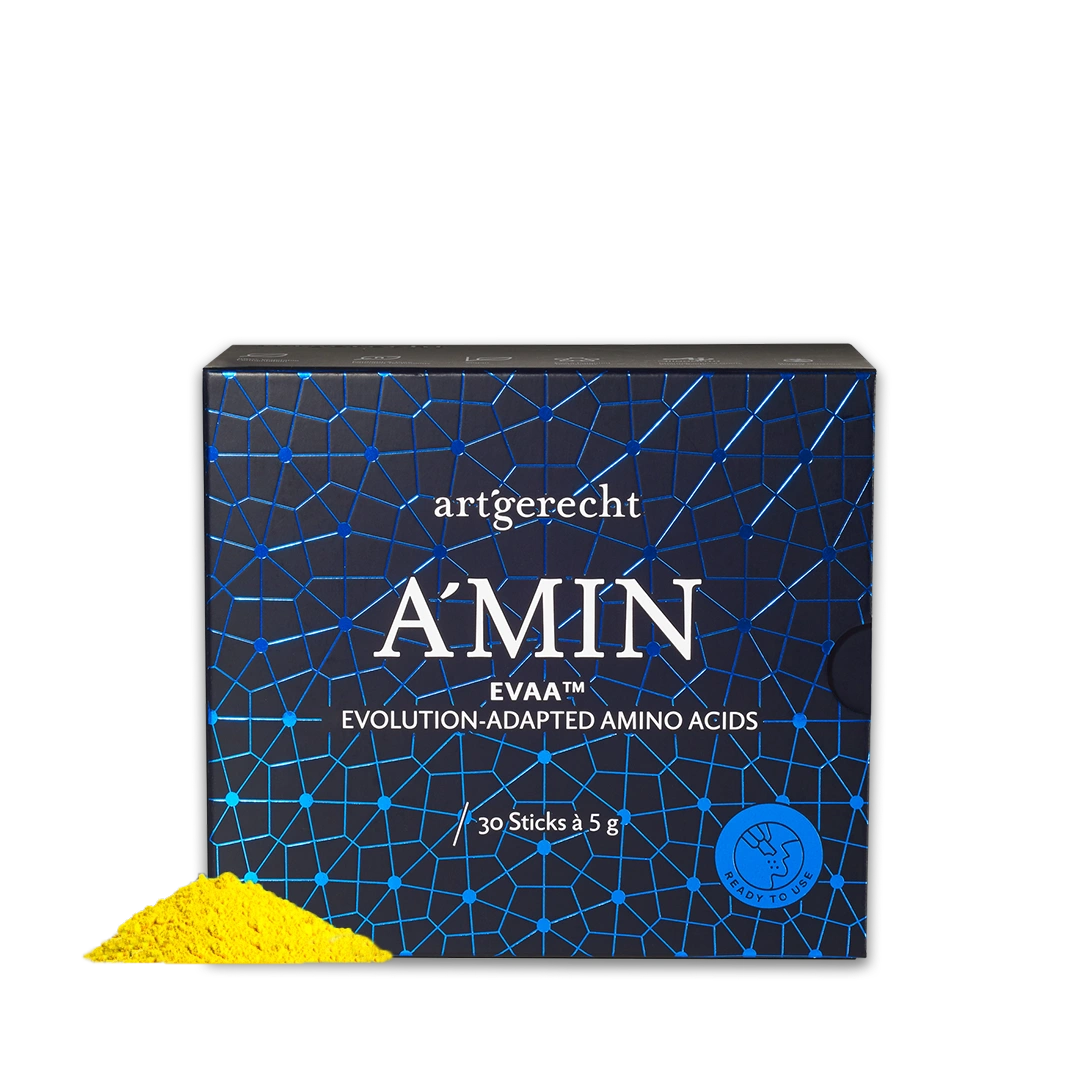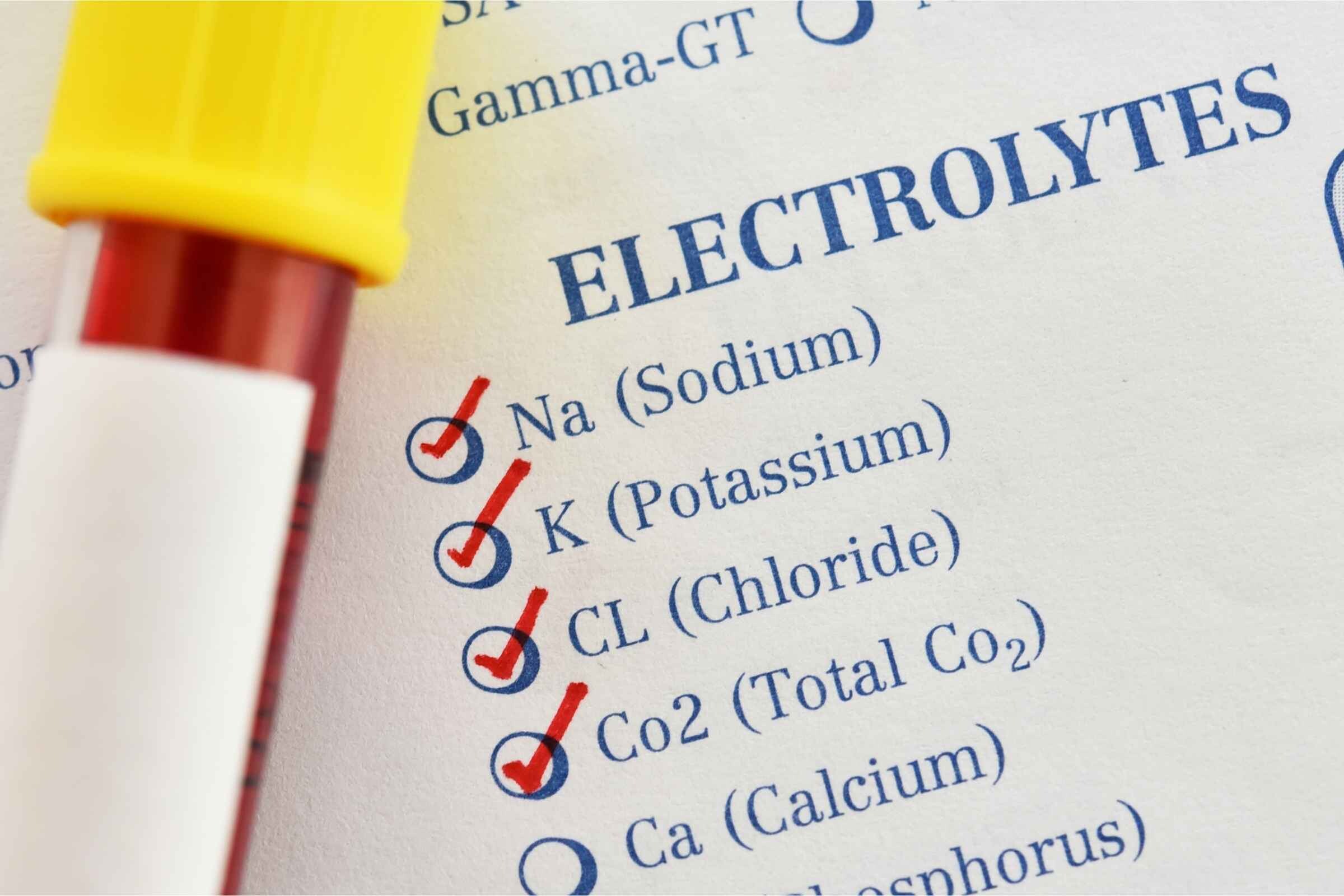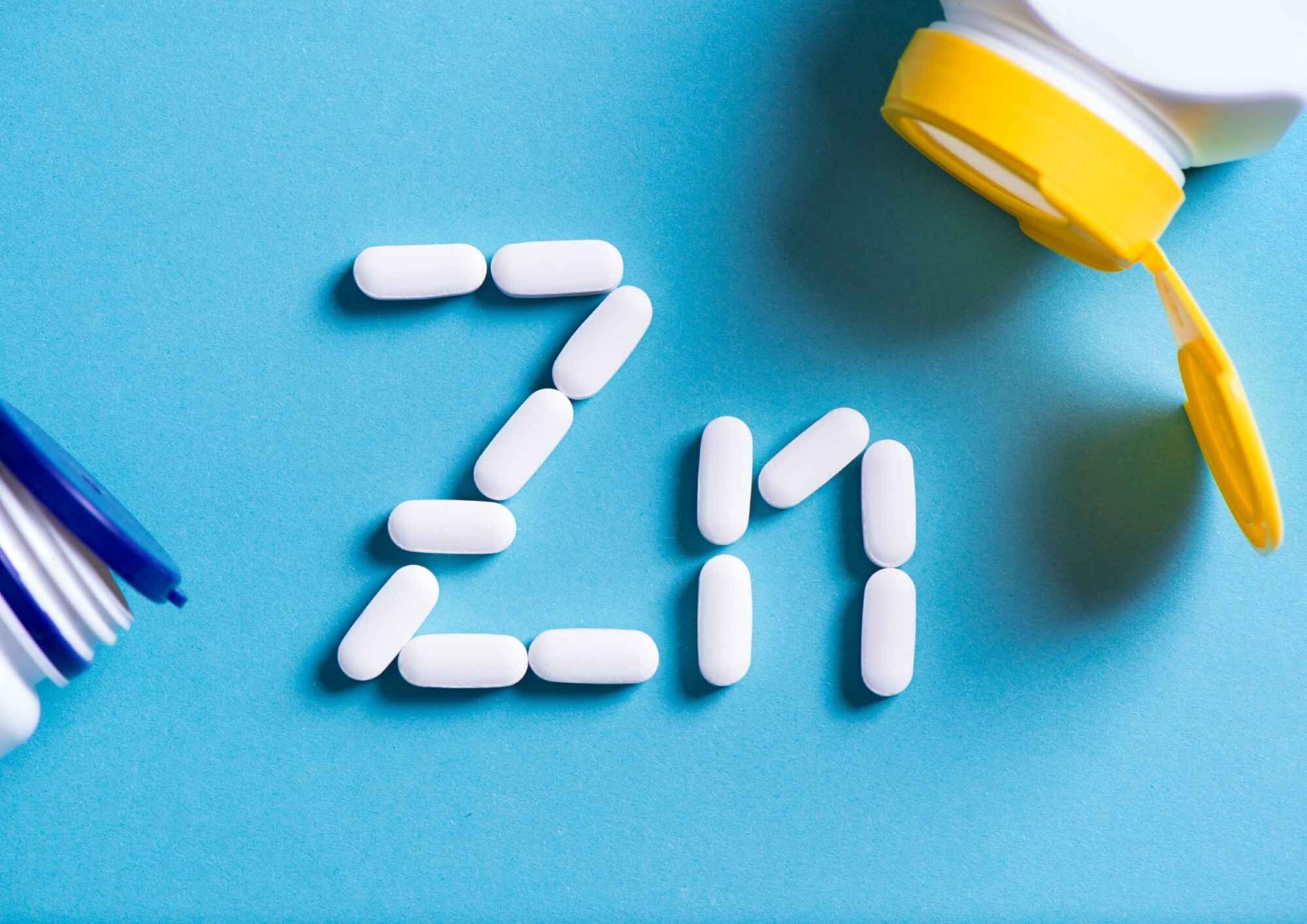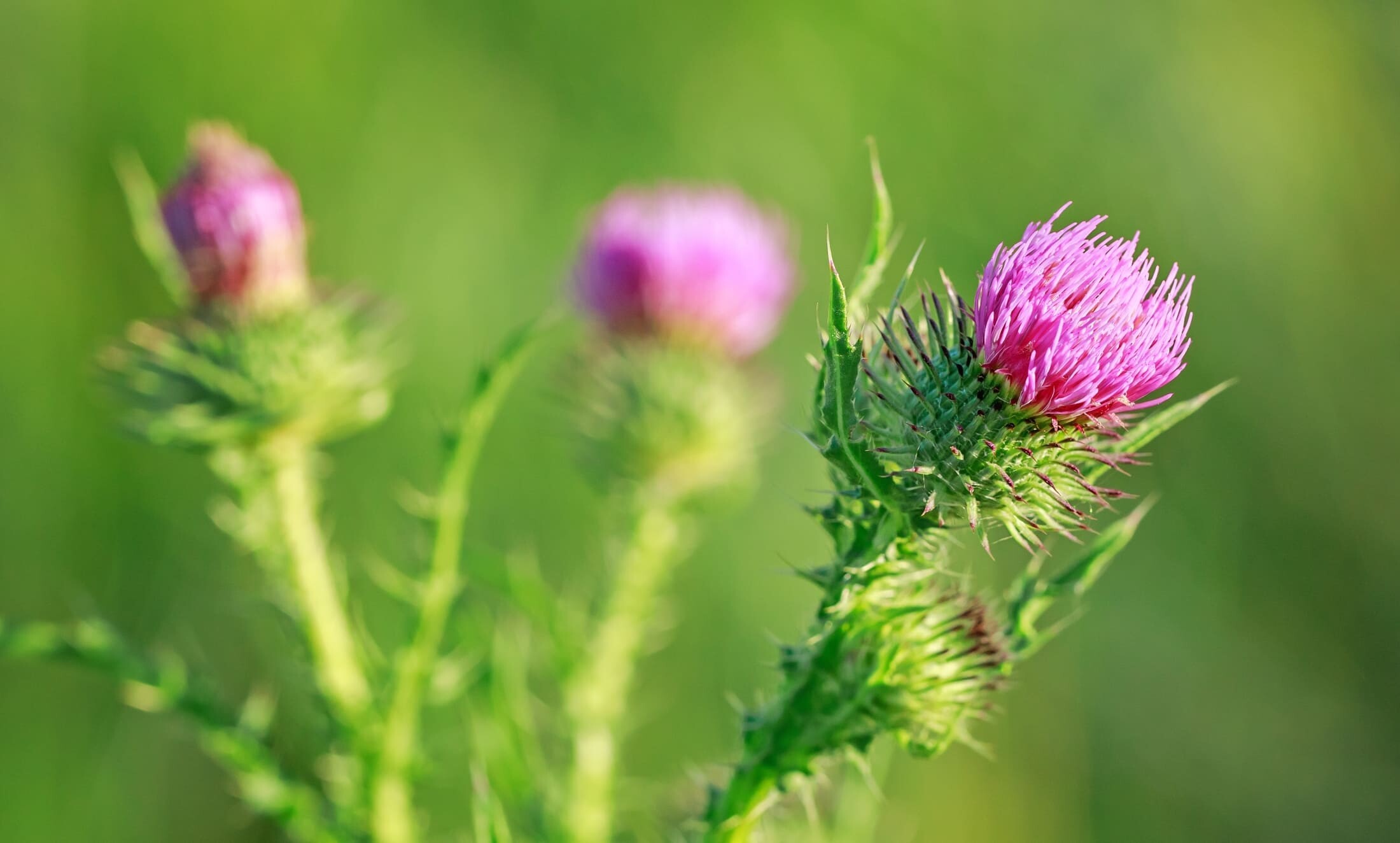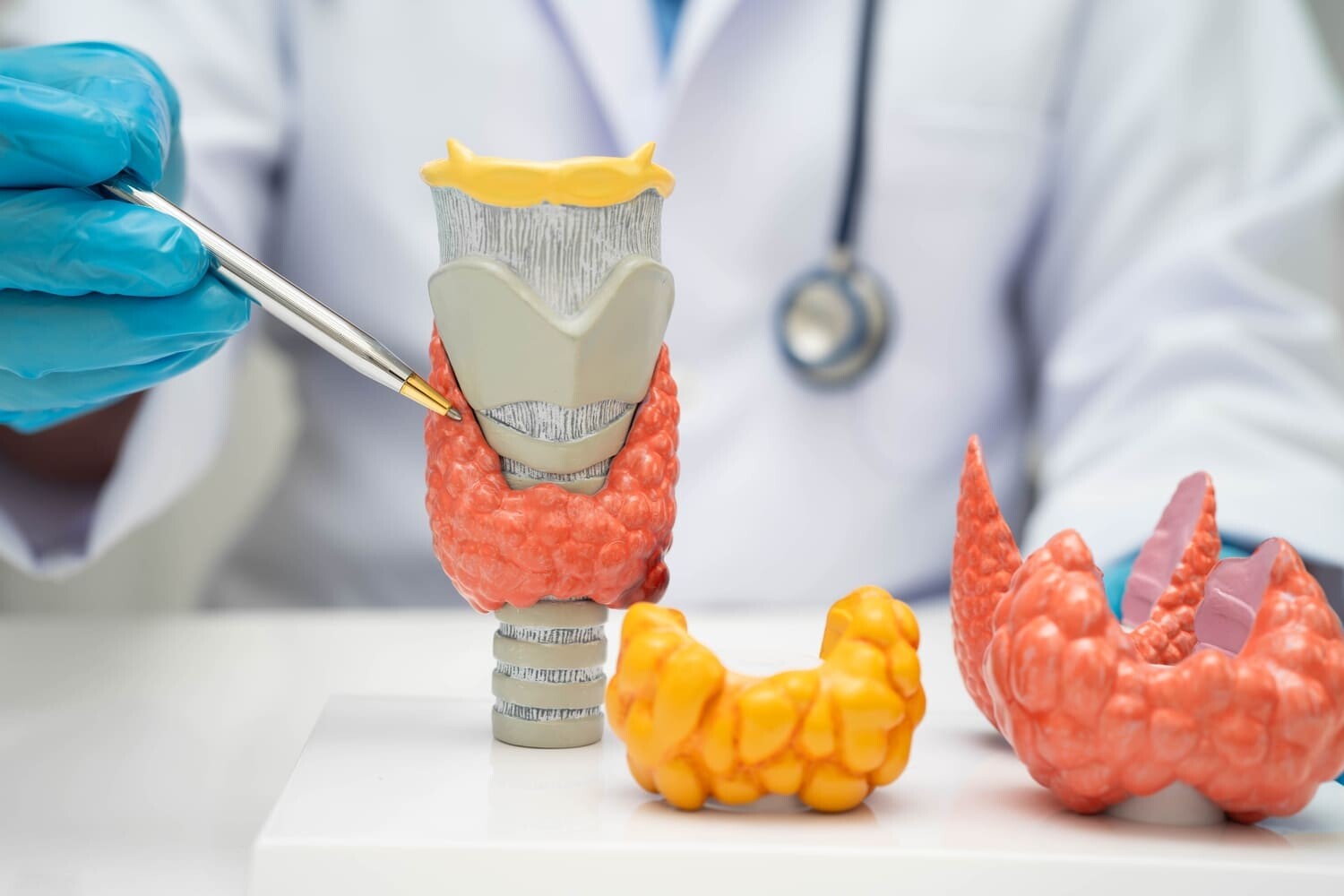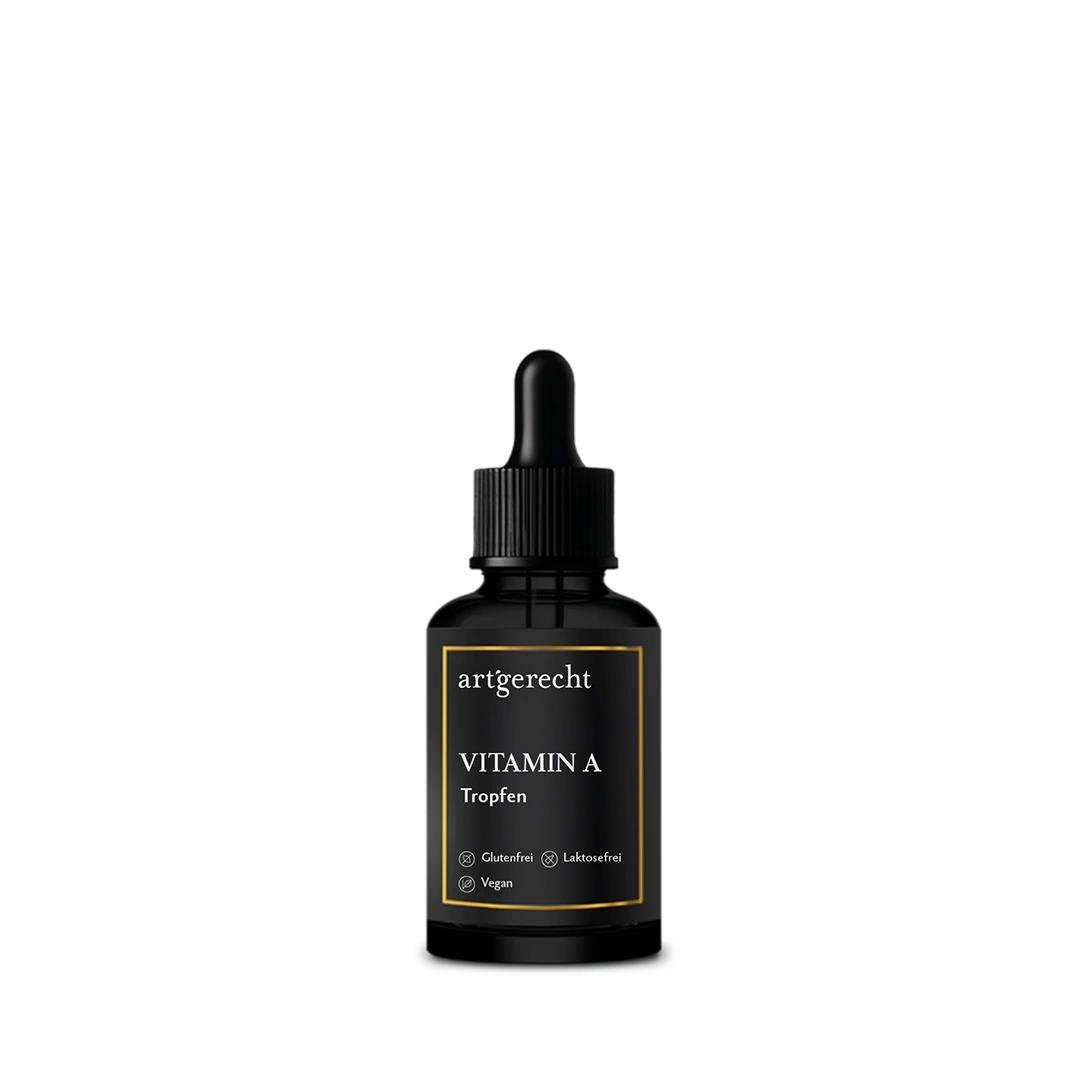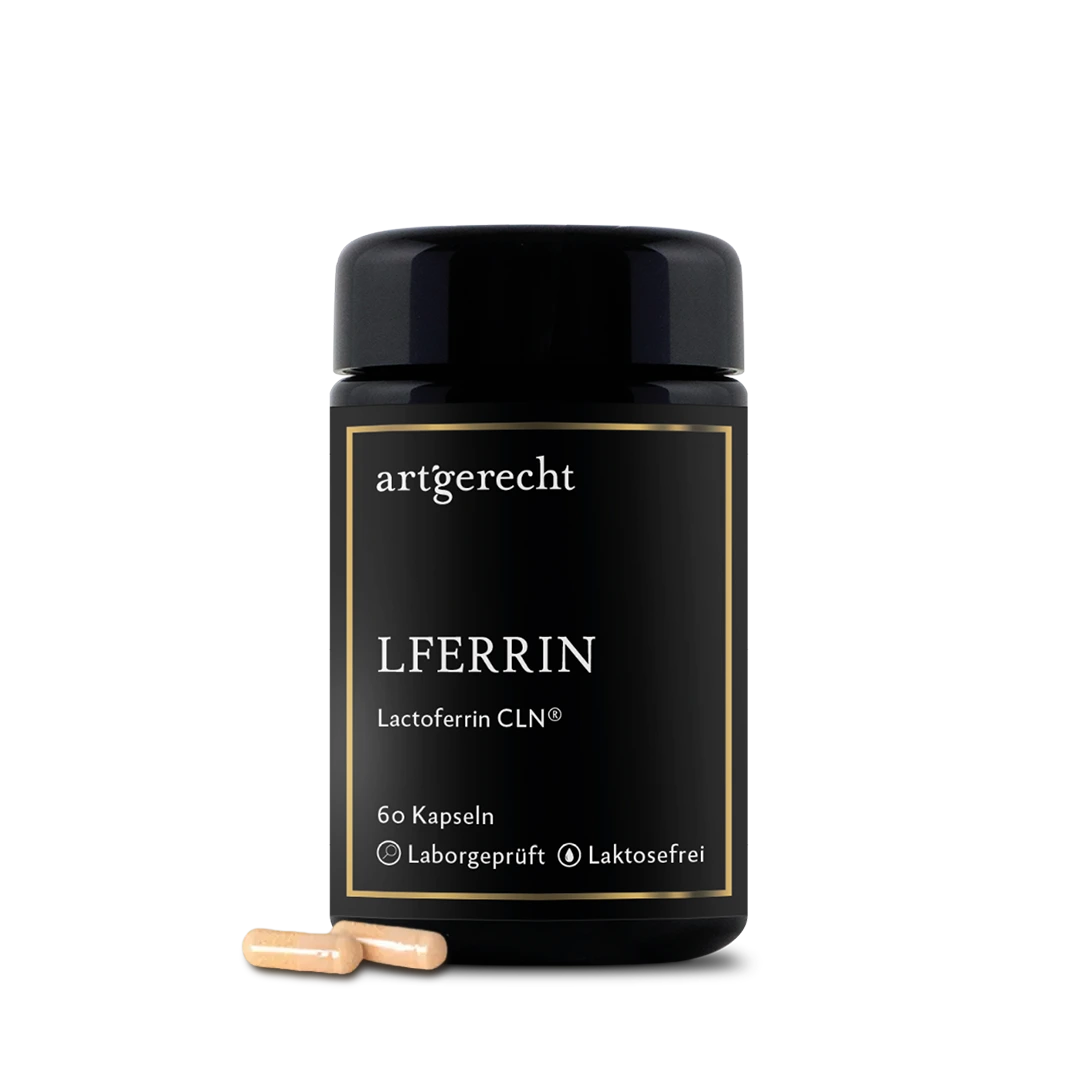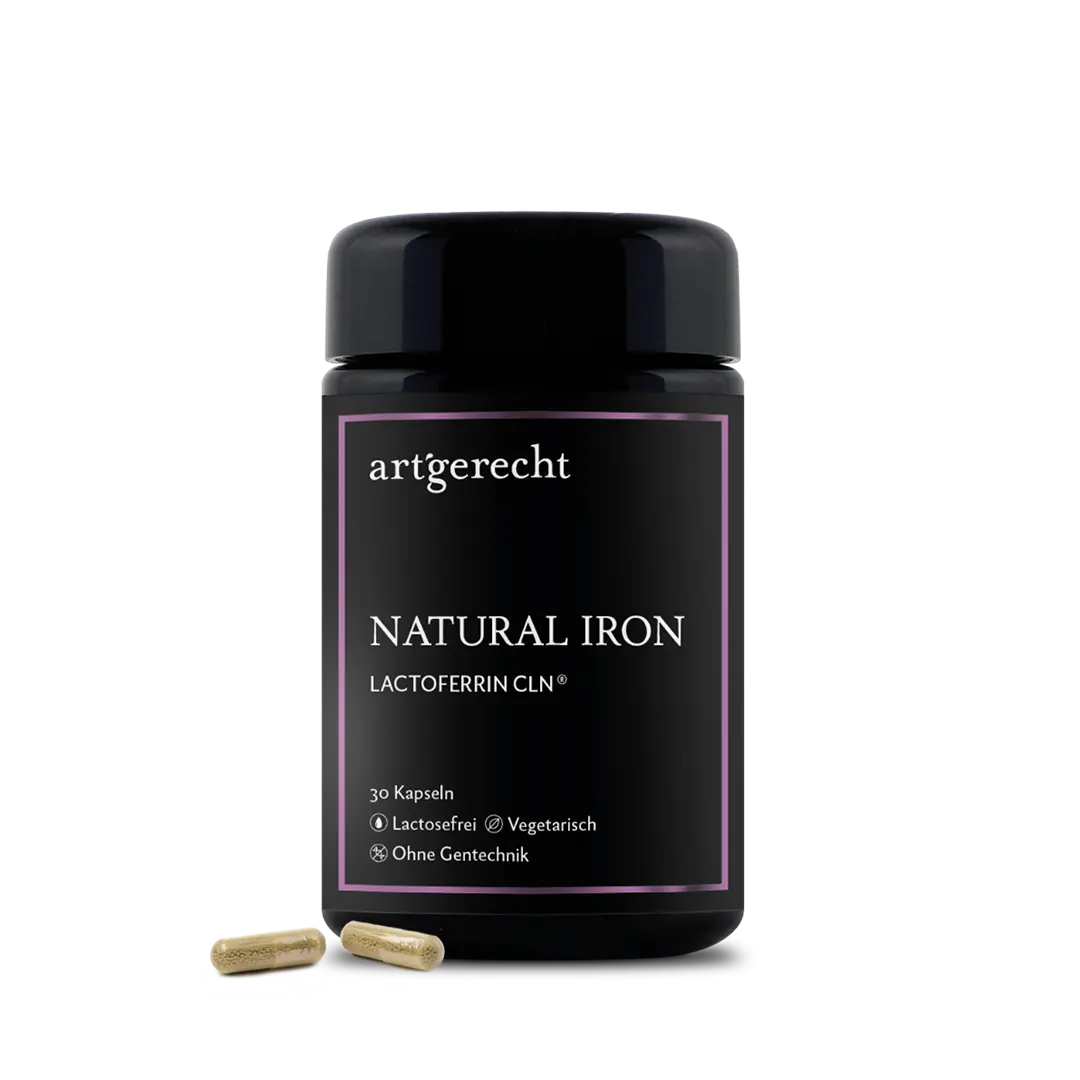- Why is regeneration after sport important?
- What does my regeneration depend on?
- How can I prevent sore muscles?
- Tips for optimizing your recovery after sport
- How does nutrition influence regeneration?
- Machen Eiweißshakes Sinn?
- How are amino acids related to regeneration?
- Conclusion:
- Recipe inspiration
- Literature:
Sport challenges us – and that's a good thing. In order to achieve progress in training, regeneration is particularly important alongside the strenuous phases. If there is an imbalance, sport can also have a detrimental effect on health and well-being. How do we find the right balance and how can regeneration be supported?
Why is regeneration after sport important?
During sport, we consume large amounts of our universal energy carrier ATP. The more intensive the training, the more waste products and cell damage (microtraumas) occur in the stressed muscle groups. The increased metabolism also results in more oxidative processes, which increase the number of free radicals (reactive oxygen species) and lead to cell damage. The increased consumption of ATP and the inadequate removal of waste products then leads to muscle fatigue. After sport, the recovery or regeneration phase begins. This shows how well our body can adapt to the stimulus. In the best case scenario, this adaptation leads to an increase in muscle volume and an increase in the number of mitochondria (ATP-producing cell power plants). This process is called supercompensation, as not only is the damage repaired, but an improvement occurs in the stressed tissue.
What does my regeneration depend on?
Optimal training stimuli lead to slight damage to which the body can adapt well. We notice this, for example, through mild muscle soreness that lasts one to two days. The training stimulus is adapted to the ability to regenerate.
If the training stimulus or the damage was too great, we do not have enough reserves to compensate for it. Regeneration is delayed and a strong feeling of muscle soreness develops. If this is repeated too often (overtraining) in too short a time, overuse symptoms such as tendon irritation or even muscle tears can occur. It is therefore important to optimally support regeneration so that we can continue to make progress in training and sport does not lead to overuse symptoms.
B: Insufficient recovery or excessive training sessions can lead to negative adaptations. These maladaptations can mean reduced performance/health and increased risk of injury for the athlete to withstand the training sessions. (This figure is adapted from Fig. 1 and 2 in Soligard et al. (2016) and Fig. 2.1 in Meeusen and de Pauw (2013))
How can I prevent sore muscles?
First of all, you should ask yourself whether you should prevent this at all. Because sufficient damage is not only repaired, but also improved. Studies show that large amounts of antioxidants such as vitamin C and vitamin E help to reduce the effects of training.[1] These antioxidants help our cells to regenerate more quickly, which can reduce muscle soreness, for example. But it is precisely in relation to our cellular powerhouses, the mitochondria, that the presence of free radicals stimulates their genesis. [2]
The question is more about avoiding too intense muscle soreness and shortening the recovery phase so that supercompensation leads to an increase and greater resistance. Training beginners in particular should follow an individually adapted training plan so as not to increase the training intensity too quickly. This also applies to semi-professional and professional athletes and is ultimately also an important adjustment for every competitive and tournament athlete.
Tips for optimizing your recovery after sport
First of all: regeneration does not mean lying on the sofa, but is divided into active and passive elements:
- Sufficient activity: No matter how strenuous the training session was, it is always important to work other muscle groups on the same day and on the following days. A low intensity is absolutely sufficient for this. Exercise promotes the removal of waste products and the metabolism, which reduces muscle soreness and supports regeneration.
- The ideal training plan: After training is before training. Get professional advice from your trainer or find a personal trainer who can create an individual training plan for you based on your sport and lifestyle.
- Sufficient sleep: Sufficient sleep is the best way for our body to regenerate. Many anabolic hormones are active during sleep, which enable regeneration and ultimately also supercompensation.
- Aftercare:
- Controversial stretching: Important: If it is carried out, it should be done pain-free and with movement. Static stretching has not yet shown any positive effects on regeneration. It is also recommended to learn this from an expert, as otherwise the effect can be the opposite. More important than stretching is a sufficient amount of mild activity.[3]
- The fascia roller: A short recover session on the fascia roller for about 15-20 minutes has shown good effects in reducing muscle soreness.[4][5]
- Practical tip: The focus is not on the rolling, but on the exercises and the resulting movement. Similar to stretching. If you feel tense afterwards, it's not the right thing for you.
- Infrared sauna: The infrared sauna has a significantly better effect on regeneration compared to a classic Finnish sauna session. At temperatures between 35 - 50°C and a duration of 30 minutes, there is a significantly improved regeneration for the neuromuscular system. Compared to the heated air in a Finnish sauna, the infrared light penetrates deeper into the skin.[6]
During tournaments, close competition phases and intensive training phases:
- Ice lollies after sport: Ice lollies have a good effect on recovery performance after sport. However, this should not be used as a matter of principle, but only in phases of increased exertion to prevent overtraining or overloading.[7][8]
- Antioxidants, a double-edged sword: Antioxidants such as vitamin C or E should not be used in high doses for normal training, as they reduce the training effect due to their antioxidant properties.[9] [10] [11]
- However, this effect can be used to protect the body from overloading during periods of extreme stress.
- Eat right (and take a multivitamin): The right type of nutrition is the be-all and end-all for proper regeneration. Here, for example, polyphenols, which you can find in all fresh fruit and vegetables, play an important role, as they do not reduce the training effect like high doses of antioxidants. But the important omega-3 fatty acids and all other vitamins and minerals also help your regeneration to run smoothly. [9]
- Practical tip: Unfortunately, your diet doesn't always work as well as you'd like. Stress and the hectic pace of everyday life often lead to nutritional errors. A multivitamin – complex can be a useful helper in daily life, because without sufficient antioxidants our performance is greatly reduced.[12]
- Sunshine: Vitamin D also seems to have an influence on the regeneration of our muscles. The recommendation here is clear: Athletes should make sure they have an appropriately high vitamin D level at all times.[9] So let the sun shine on your stomach more often.
How does nutrition influence regeneration?
As already described, a proper diet is the basis for regeneration. Industrially produced foods often have a pro-inflammatory effect on our body and therefore have a negative impact on regeneration.[13] [14] The components of our food serve as building blocks for regeneration. Accordingly, it is not only the energy content that needs to be taken into account, but also the macro and micronutrient density. Of the macronutrients, protein is of particular importance, as the cell damage caused results in an increased need for amino acids.
Machen Eiweißshakes Sinn?
In principle, the increased consumption of proteins and amino acids in combination with increased (sporting) exertion makes sense. However, the source „can be disputed“. It cannot be denied that protein shakes (whether whey or vegetable protein) have a positive influence on muscle mass and regeneration due to their high content of amino acids. However, it is often not taken into account that protein shakes can be highly contaminated with heavy metals or pesticides, contain pseudo-hormones or are ethically questionable (animal products). They can also cause abdominal bloating and even auto-intoxication (self-poisoning) due to undigested protein.[15] An alternative is isolated amino acids. Just 1.5g of these have the same effect as 40g of whey protein. [16] In pharmaceutical quality and fermented from vegetables, free amino acids have none of the disadvantages listed above.
How are amino acids related to regeneration?
Conclusion:
In summary, it can be said that an increased intake of amino acids combined with the right balance of exercise and relaxation significantly improves regeneration instead of simply resting.[25]
Recipe inspiration
A quick, easy and really tasty recipe with lots of important nutrients to help you regenerate.
Literature:
- Paulsen, G., Cumming, K. T., Holden, G., Hallén, J., Rønnestad, B. R., Sveen, O., … Raastad, T. (2014). Vitamin C and E supplementation hampers cellular adaptation to endurance training in humans: a double‐blind, randomized, controlled trial. The Journal of Physiology, 592(8), 1887–1901. https://doi.org/10.1113/JPHYSIOL.2013.267419@10.1002/(ISSN)1469-7793(CAT)VIRTUALISSUES(VI)PHYSIOLOGYANDINNOVATION
- Ristow, M., & Schmeisser, S. (2011, July 15). Extending life span by increasing oxidative stress. Free Radical Biology and Medicine. https://doi.org/10.1016/j.freeradbiomed.2011.05.010
- Sands, W. A., McNeal, J. R., Murray, S. R., Ramsey, M. W., Sato, K., Mizuguchi, S., & Stone, M. H. (2013). Stretching and its effects on recovery: A review. Strength and Conditioning Journal, 35(5), 30–36. https://doi.org/10.1519/SSC.0000000000000004
- Rey, E., Padrón-Cabo, A., Costa, P. B., & Barcala-Furelos, R. (2019). Effects of Foam Rolling as a Recovery Tool in Professional Soccer Players. Journal of strength and conditioning research, 33(8), 2194–2201. https://doi.org/10.1519/JSC.0000000000002277
- Pearcey, G. E. P., Bradbury-Squires, D. J., Kawamoto, J. E., Drinkwater, E. J., Behm, D. G., & Button, D. C. (2015). Foam rolling for delayed-onset muscle soreness and recovery of dynamic performance measures. Journal of Athletic Training, 50(1), 5–13. https://doi.org/10.4085/1062-6050-50.1.01
- Mero, A., Tornberg, J., Mäntykoski, M., & Puurtinen, R. (2015). Effects of far-infrared sauna bathing on recovery from strength and endurance training sessions in men. SpringerPlus, 4(1), 1–7. https://doi.org/10.1186/s40064-015-1093-5
- Higgins, T. R., Greene, D. A., & Baker, M. K. (2017, May 1). Effects of cold water immersion and contrast water therapy for recovery from team sport: A systematic review and meta-analysis. Journal of Strength and Conditioning Research. NSCA National Strength and Conditioning Association. https://doi.org/10.1519/JSC.0000000000001559
- Fonseca, L. B., Brito, C. J., Silva, R. J. S., Silva-Grigoletto, M. E., Da Silva Junior, W. M., & Franchini, E. (2016). Use of cold-water immersion to reduce muscle damage and delayed-onset muscle soreness and preserve muscle power in Jiu-Jitsu athletes. Journal of Athletic Training, 51(7), 540–549. https://doi.org/10.4085/1062-6050-51.9.01
- Heaton, L. E., Davis, J. K., Rawson, E. S., Nuccio, R. P., Witard, O. C., Stein, K. W., … Baker, L. B. (2017, November 1). Selected In-Season Nutritional Strategies to Enhance Recovery for Team Sport Athletes: A Practical Overview. Sports Medicine. Springer International Publishing. https://doi.org/10.1007/s40279-017-0759-2
- Bouayed, J., & Bohn, T. (2010, July). Exogenous antioxidants – Double-edged swords in cellular redox state: Health beneficial effects at physiologic doses versus deleterious effects at high doses. Oxidative Medicine and Cellular Longevity. https://doi.org/10.4161/oxim.3.4.12858
- Braakhuis, A. J. (2012). Effect of vitamin C supplements on physical performance. Current Sports Medicine Reports, 11(4), 180–184. https://doi.org/10.1249/JSR.0b013e31825e19cd
- Paschalis, V., Theodorou, A. A., Kyparos, A., Dipla, K., Zafeiridis, A., Panayiotou, G., … Nikolaidis, M. G. (2016). Low vitamin C values are linked with decreased physical performance and increased oxidative stress: reversal by vitamin C supplementation. European Journal of Nutrition, 55(1), 45–53. https://doi.org/10.1007/s00394-014-0821-x
- Van Oostrom, A. J. H. H. M., Sijmonsma, T. P., Verseyden, C., Jansen, E. H. J. M., De Koning, E. J. P., Rabelink, T. J., & Cabezas, M. C. (2003). Postprandial recruitment of neutrophils may contribute to endothelial dysfunction. Journal of Lipid Research, 44(3), 576–583. https://doi.org/10.1194/jlr.M200419-JLR200
- Butterfield, T. A., Best, T. M., & Merrick, M. A. (2006, October). The dual roles of neutrophils and macrophages in inflammation: A critical balance between tissue damage and repair. Journal of Athletic Training. National Athletic Trainers Association. https://doi.org/10.1016/s0162-0908(08)79217-1
- Windey, K., de Preter, V., & Verbeke, K. (2012, January). Relevance of protein fermentation to gut health. Molecular Nutrition and Food Research. https://doi.org/10.1002/mnfr.201100542
- Gorissen, S. H. M., Crombag, J. J. R., Senden, J. M. G., Waterval, W. A. H., Bierau, J., Verdijk, L. B., & van Loon, L. J. C. (2018). Protein content and amino acid composition of commercially available plant-based protein isolates. Amino Acids, 50(12), 1685–1695. https://doi.org/10.1007/s00726-018-2640-5
- Blomstrand, E., & Saltin, B. (2001). BCAA intake affects protein metabolism in muscle after but not during exercise in humans. American Journal of Physiology – Endocrinology and Metabolism, 281(2 44-2). https://doi.org/10.1152/ajpendo.2001.281.2.e365
- Reidy, P. T., Walker, D. K., Dickinson, J. M., Gundermann, D. M., Drummond, M. J., Timmerman, K. L., … Rasmussen, B. B. (2013). Protein Blend Ingestion Following Resistance Exercise Promotes Human Muscle Protein Synthesis. The Journal of Nutrition, 143(4), 410–416. https://doi.org/10.3945/jn.112.168021
- Waldron, M., Whelan, K., Jeffries, O., Burt, D., Howe, L., & Patterson, S. D. (2017). The effects of acute branched-chain amino acid supplementation on recovery from a single bout of hypertrophy exercise in resistance-trained athletes. Applied Physiology, Nutrition and Metabolism, 42(6), 630–636. https://doi.org/10.1139/apnm-2016-0569
- Howatson, G., Hoad, M., Goodall, S., Tallent, J., Bell, P. G., & French, D. N. (2012). Exercise-induced muscle damage is reduced in resistance-trained males by branched chain amino acids: A randomized, double-blind, placebo controlled study. Journal of the International Society of Sports Nutrition, 9, 20. https://doi.org/10.1186/1550-2783-9-20
- Shimomura, Y., Inaguma, A., Watanabe, S., Yamamoto, Y., Muramatsu, Y., Bajotto, G., … Mawatari, K. (2010). Branched-chain amino acid supplementation before squat exercise and delayed-onset muscle soreness. International Journal of Sport Nutrition and Exercise Metabolism, 20(3), 236–244. https://doi.org/10.1123/ijsnem.20.3.236
- Castell, L. M. (1996). Does glutamine have a role in reducing infections in athletes? European Journal of Applied Physiology and Occupational Physiology, 73(5), 488–490. https://doi.org/10.1007/BF00334429
- Dong, J. Y., Qin, L. Q., Zhang, Z., Zhao, Y., Wang, J., Arigoni, F., & Zhang, W. (2011, December). Effect of oral l-arginine supplementation on blood pressure: A meta-analysis of randomized, double-blind, placebo-controlled trials. American Heart Journal. https://doi.org/10.1016/j.ahj.2011.09.012
- Shell, W., Bullias, D., Charuvastra, E., May, L. A., & Silver, D. S. (2010). A Randomized, placebo-controlled trial of an amino acid preparation on timing and quality of sleep. American Journal of Therapeutics, 17(2), 133–139. https://doi.org/10.1097/MJT.0b013e31819e9eab
- Rahimi, M. H., Shab-Bidar, S., Mollahosseini, M., & Djafarian, K. (2017, October 1). Branched-chain amino acid supplementation and exercise-induced muscle damage in exercise recovery: A meta-analysis of randomized clinical trials. Nutrition. Elsevier Inc. https://doi.org/10.1016/j.nut.2017.05.005


